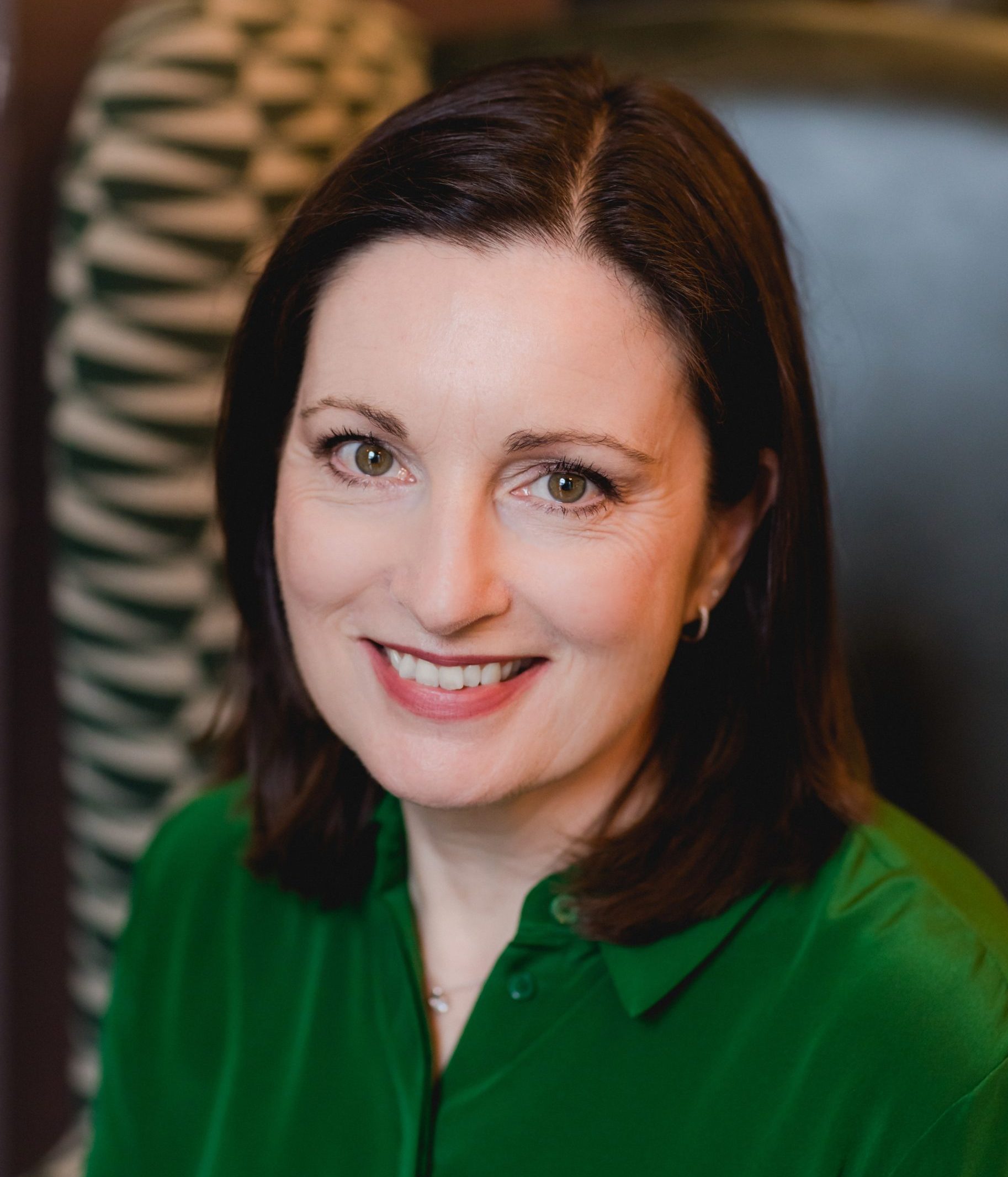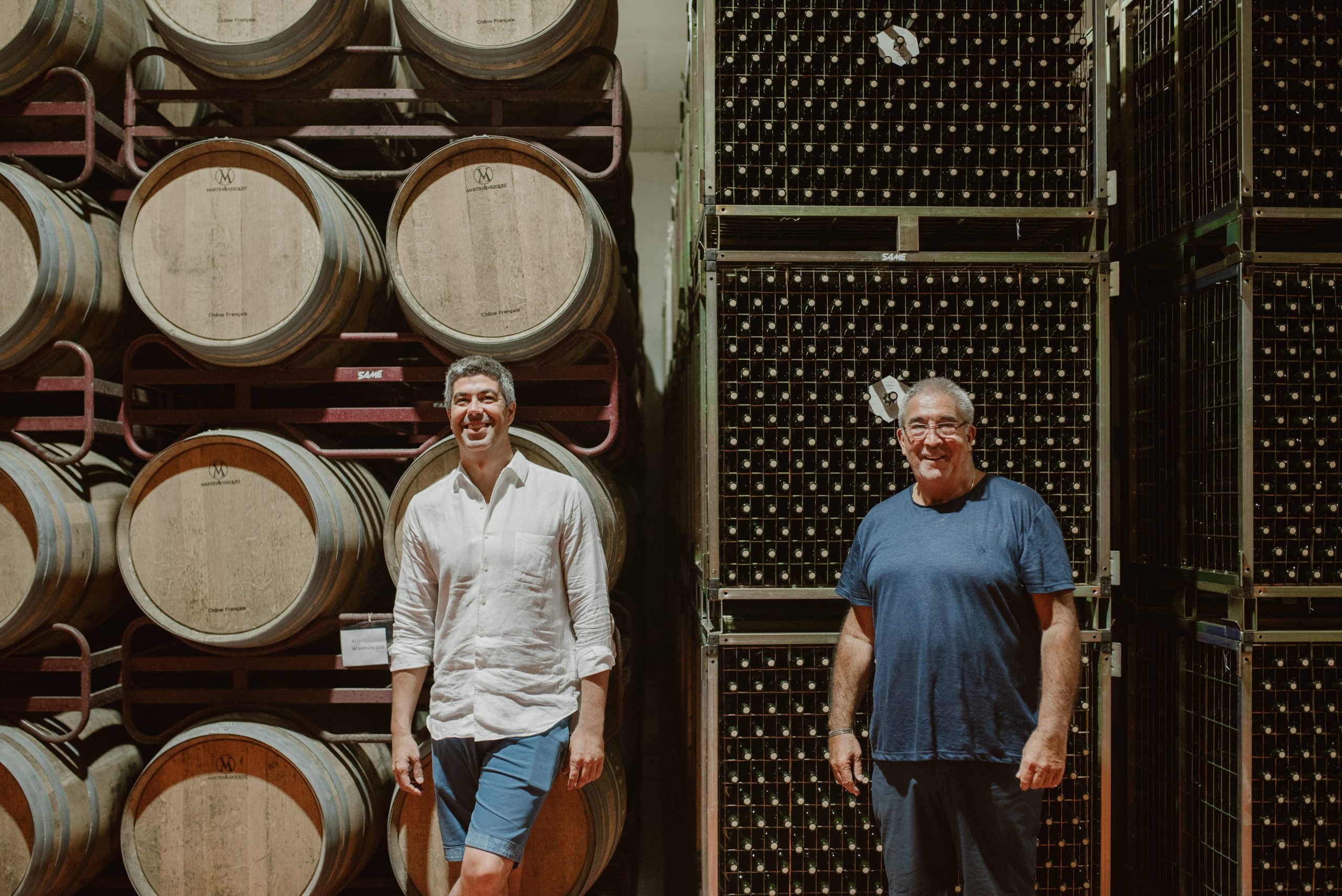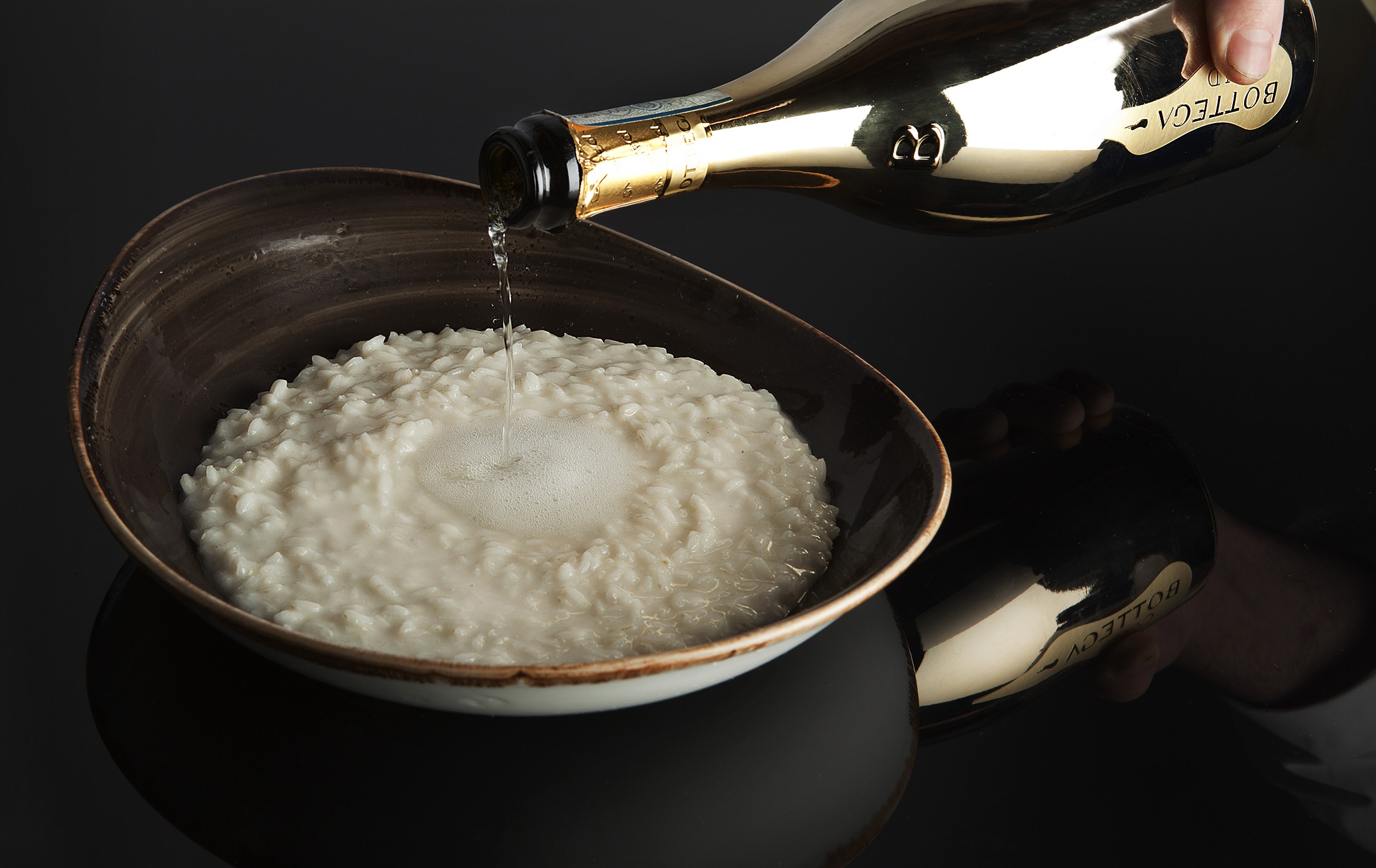Alcohol industry accused of social media ‘spin’ in Australia
A health foundation in the Australian state of Victoria has questioned the sponsorship ‘spin’ of top Instagram influencers by the alcohol industry but its own findings seem a little inflated too.
VicHealth looked at the top 70 Instagram influencers in Australia and found that over a period of 12 months they posted 477 pictures that featured alcohol.
As both VicHealth itself and other publications have stated, the research found, “almost three-quarters of influencers featured alcoholic drinks in their posts, yet only a quarter fully disclosed when they had been paid by alcohol brands.”
Yet a line in the Guardian noted that of those 477 posts, “12% were likely sponsored mentions”.
In other words, 57 posts were “likely” (and it could be greater) sponsored content featuring alcohol.
As the Guardian post went on: “Of those 61% were disclosed and 39% were undisclosed, meaning they did not feature a hashtag such as #sponsored #ad or #collab or use the “paid partnership” option for brands.”
Again, that means of those 57 sponsored posts, 34 disclosed their sponsorship and 22 did not.
In the span of a whole year, 70 of Australia’s top Instagram influencers posted 57 pictures (“likely”) featuring sponsored alcohol content and 22 failed to disclose this fact. That’s not quite two posts a month.
This fact did not deter VicHealth however, which ploughed on regardless: “The research also found the alcohol industry often partnered with non-alcohol brands like active wear and events such as festivals, allowing the industry to use influencers to promote their products without having to disclose their sponsorship.
“Alcoholic products such as branded glasses of wine or bottles of champagne were often featured as props by influencers, further blurring the lines of what are considered sponsored posts.
“With Instagram and its influencers particularly popular with young people, the findings show the alcohol industry is using social media as a key tool to promote their products as cool and glamourous to an impressionable audience.”
Dr Lyn Roberts, VicHealth’s acting CEO, added: “Our research shows the alcohol industry is employing tactics straight out of the playbook of Big Tobacco, using high profile influencers to make their products appear glamorous and sophisticated to young people.
“What’s most concerning is that influencers and brands can get away with not disclosing paid content, making it really hard for young people to discern when they’re being sold an ad.
“We also know that young people who like or follow alcohol brands on social media are twice as likely to drink at risky levels than those who don’t.
“Alcohol brands spend millions each year advertising their products to impressionable young people and it works – for every advertising dollar spent, young people drink 3% more alcohol.”
As a result, VicHealth announced it was launching a new “competition” called ‘Top Spin’ designed to encourage Victorians to “call out the sneaky tactics” the alcohol industry uses to “keep us drinking and spending heavily”.
Partner Content
Each week of the five-week run AU$1,000 will be offered to winning entries.
db view: It’s rich bordering on ludicrous that having cherry-picked some already very selective ‘facts’ from a tiny sample size that VicHealth should accuse the alcohol industry of ‘spin’.
Part of the problem is that Australia does not currently have a national alcohol strategy although there are guidelines which they are supposed to follow.
Whether they do or not is beyond the scope of this piece but VicHealth was about using Instagram.
Again much too broad to examine here is the argument within wine and industry circles about the use of Instagram influencers and how useful/real/helpful they are anyway.
That aside, why shouldn’t brands (alcoholic or otherwise) seek to use new outlets for advertising? They always have and they always will and this is not as insidious as one senses VicHealth would dearly love to imply.
The other problem is that while VicHealth across its site likes to suggest that the alcohol industry uses flawed data, it itself is resting much of its own suggestions on studies that are just as flawed.
Dr Roberts suggests that, “for every advertising dollar spent, young people drink 3% more alcohol”. No supporting evidence or link to any is given to support this nor is there any to support the statement that those that follow alcohol brands on social media are “twice as likely” to drink at risky levels.
The problem that ‘studies’ of this type surrounding social media and advertising routinely make is that they seemingly assume that advertising equals causation. That the mere act of seeing some advertising or even any sign of alcohol or drinking in general makes people go out and drink.
There is indeed a correlation between advertising and drinking as there is for buying washing machines or cars but the idea that people are so slack jawed that mere advertising makes them immediately go out and buy a product should be as laughable as those fears in Cold War America that subliminal Soviet messaging in popular television shows were going to brainwash people into being Communists.
Ultimately, despite finding evidence that some Instagram influencers are not honest about shilling for brands (shock horror), the study comes up with the fat, zero lump sum of absolute nothingness to show that any of those Instagram posts, sponsored or not, actually encouraged anyone to drink, let alone to an unsafe level.
But who needs to measure that when you have a competition to plug?




